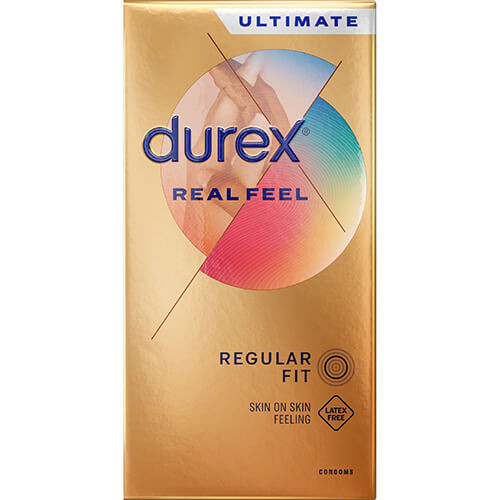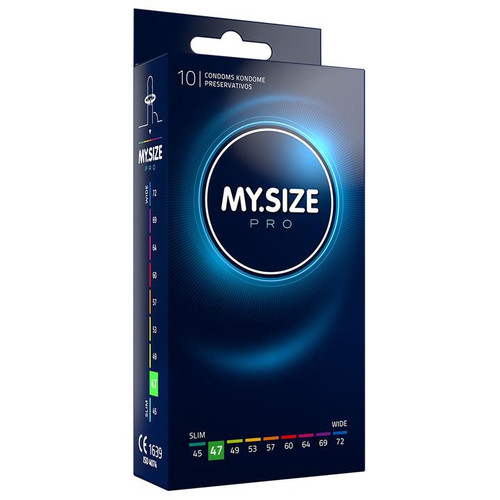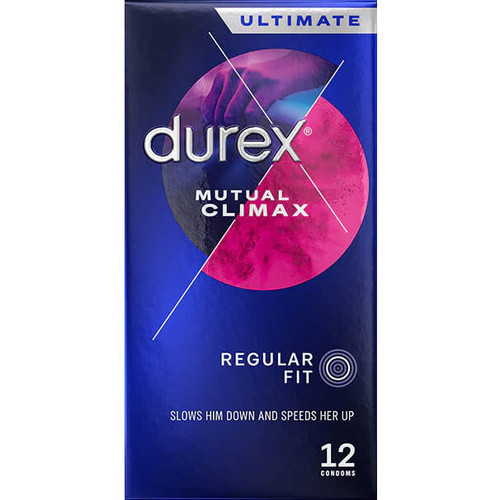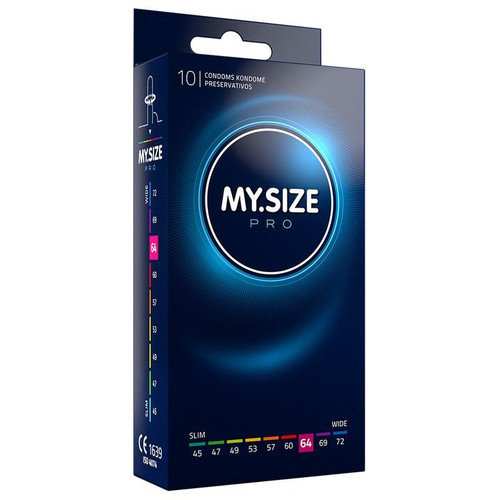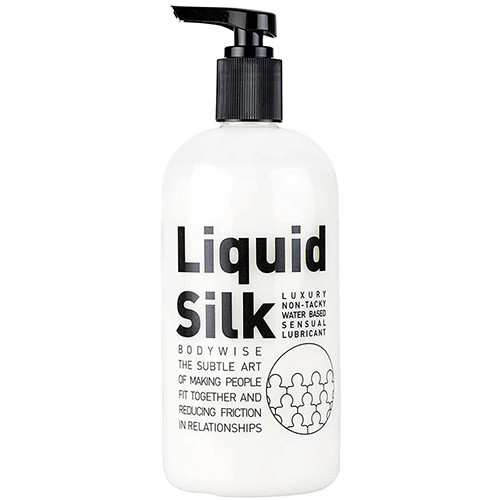As of 2025, several condom brands have maintained their popularity and introduced new innovations to meet consumer demands. Here are some of the most popular condom brands:
- Durex: Continues to be a leading brand, offering a wide range of products including ultra-thin and performance-enhancing lines. Known for rigorous testing and innovative designs.
- LELO Hex: Gained significant popularity due to its unique hexagonal pattern, which improves durability and comfort. Praised for superior grip and overall performance.
- Skyn: Known for non-latex condoms made from polyisoprene, remains a top choice for those with latex allergies or seeking a more natural feel.
- Trojan: Still dominating the US market, continues to offer a wide variety of options, including popular larger size lines.
- Pasante Unique: Praised for being among the thinnest condoms available, significantly thinner than traditional latex alternatives.
These brands have maintained their popularity by focusing on factors such as thinness, comfort, sensitivity, and safety, adapting to changing consumer preferences in the condom market.
A little history about our most popular condom brands
Durex Condoms:
Founded in 1929, Durex has been a pioneer in the condom industry for nearly a century. In 1953, they introduced electronic testing for condoms, setting new standards for quality control. In 1969, Durex launched the first anatomically shaped condom, improving comfort and fit. Throughout the years, Durex has continued to innovate, introducing ultra-thin condoms, flavoured varieties, and performance-enhancing options. As of 2025, Durex remains a global leader, known for its rigorous testing and wide range of products.
LELO Condoms:
LELO, a Swedish company founded in 2003, initially focused on luxury sex toys. They entered the condom market in 2016 with the innovative HEX condom. The HEX features a unique hexagonal structure that aims to enhance strength, sensitivity, and grip. This design has gained popularity for its combination of durability and thinness. By 2025, LELO has established itself as a premium condom brand, known for its innovative approach to condom design and manufacturing.
Skyn Condoms:
Launched in 2008 by Mates/LifeStyles, Skyn revolutionised the market with their non-latex polyisoprene condoms. These condoms quickly gained popularity among those with latex allergies and users seeking a more natural feel. Skyn has expanded its range to include various styles, including extra lubricated and intense feel options. As of 2025, Skyn remains a top choice for those seeking latex-free alternatives, known for their soft texture and increased sensitivity.
Pasante Condoms:
Founded in 2000 in the UK, Pasante quickly established itself as a provider of high-quality, affordable condoms. They offer a wide range of products, including various sizes, flavours, and textures. Pasante has gained recognition for their commitment to sexual health education and their vegan-friendly products. By 2025, Pasante has grown to be a significant player in the UK condom market, known for their cost-effective options and good size variety.
Discover Your Perfect Fit at British Condoms
Our extensive range caters to every preference and need. From ultra-thin for enhanced sensation to textured for extra stimulation, we offer condoms in various sizes, materials, and styles. Not sure where to start? Try our condom trial packs to explore different options and find your ideal match.For those seeking precise sizing, our condom measuring guide ensures a comfortable and secure fit. We stock trusted brands like Durex, Skyn, and Pasante, guaranteeing quality and reliability.
Choose British Condoms for:
- Wide selection of styles and sizes
- Condom trial packs for easy exploration
- Expert guidance with our measuring guide
- Competitive prices on top brands
- Discreet packaging and fast delivery
Shop with confidence and elevate your intimate experiences today.
Protect Yourself, Enjoy Yourself - Order Now!



